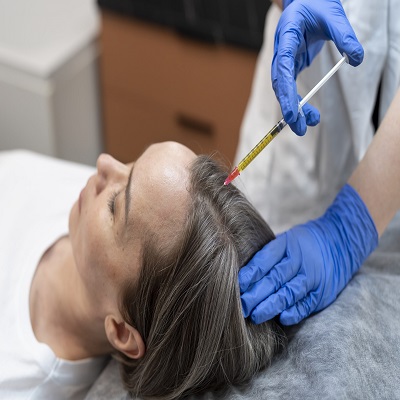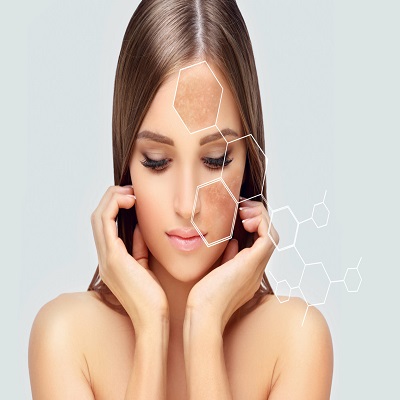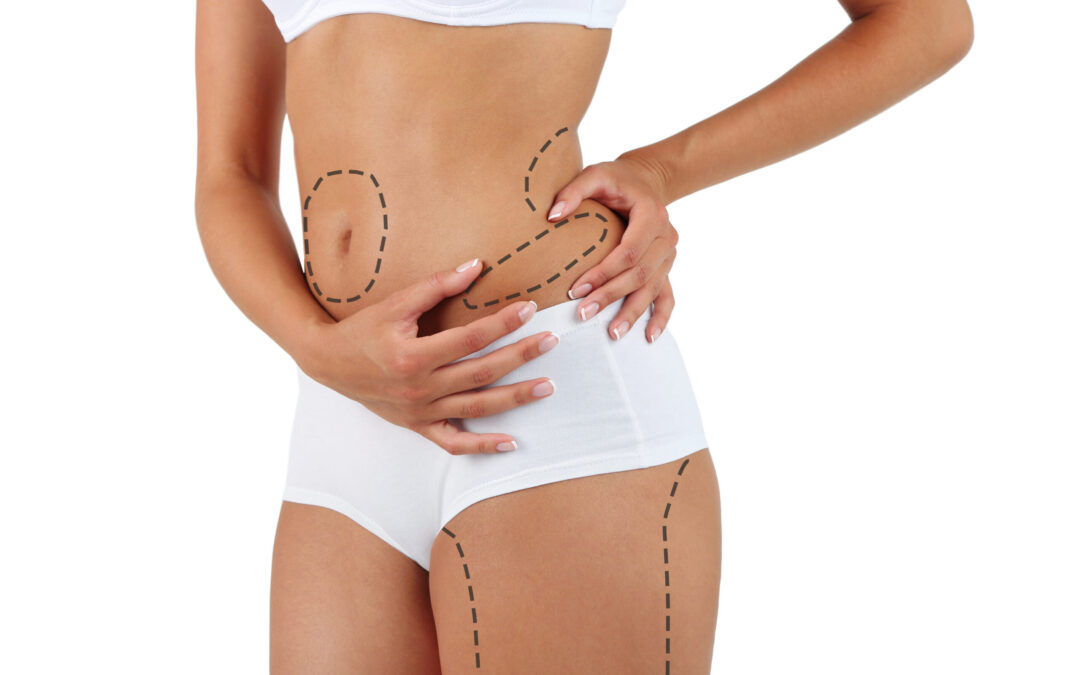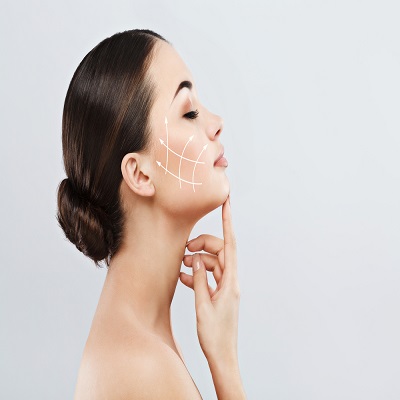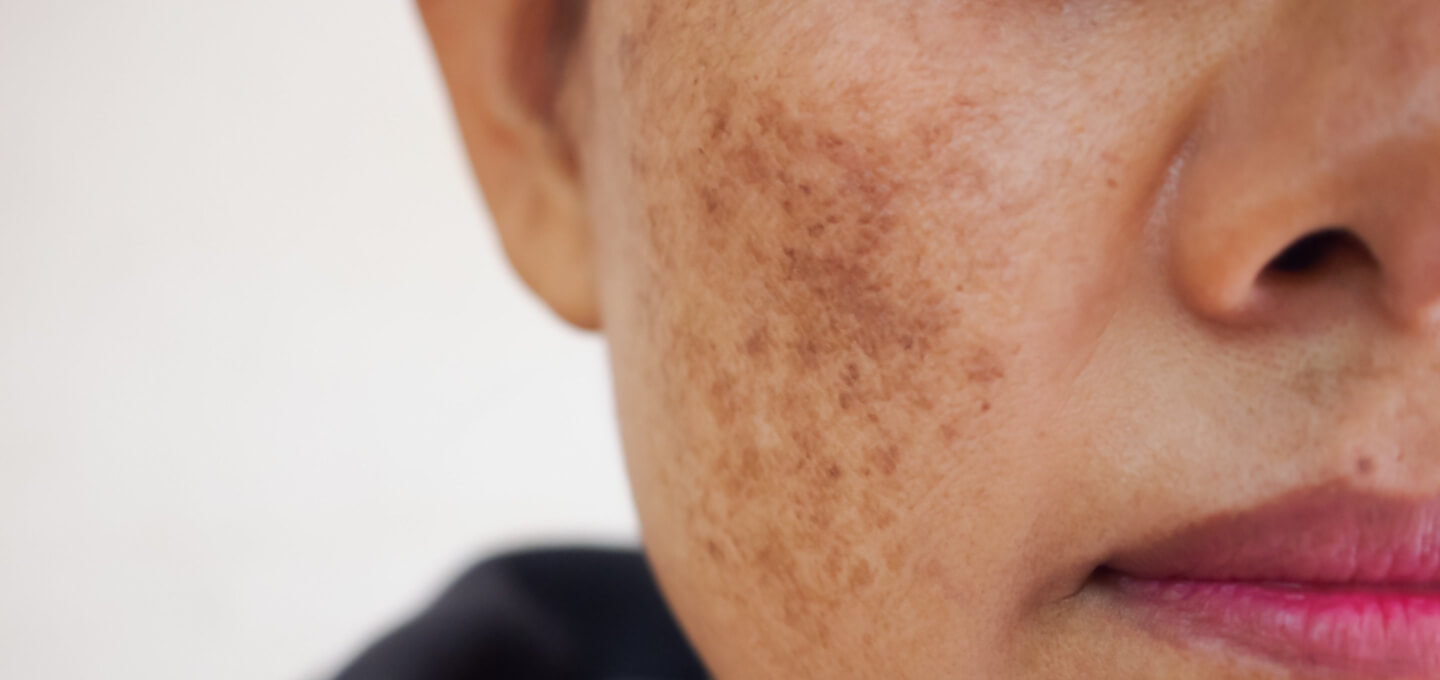Is there any downtime after getting a HydraFacial?
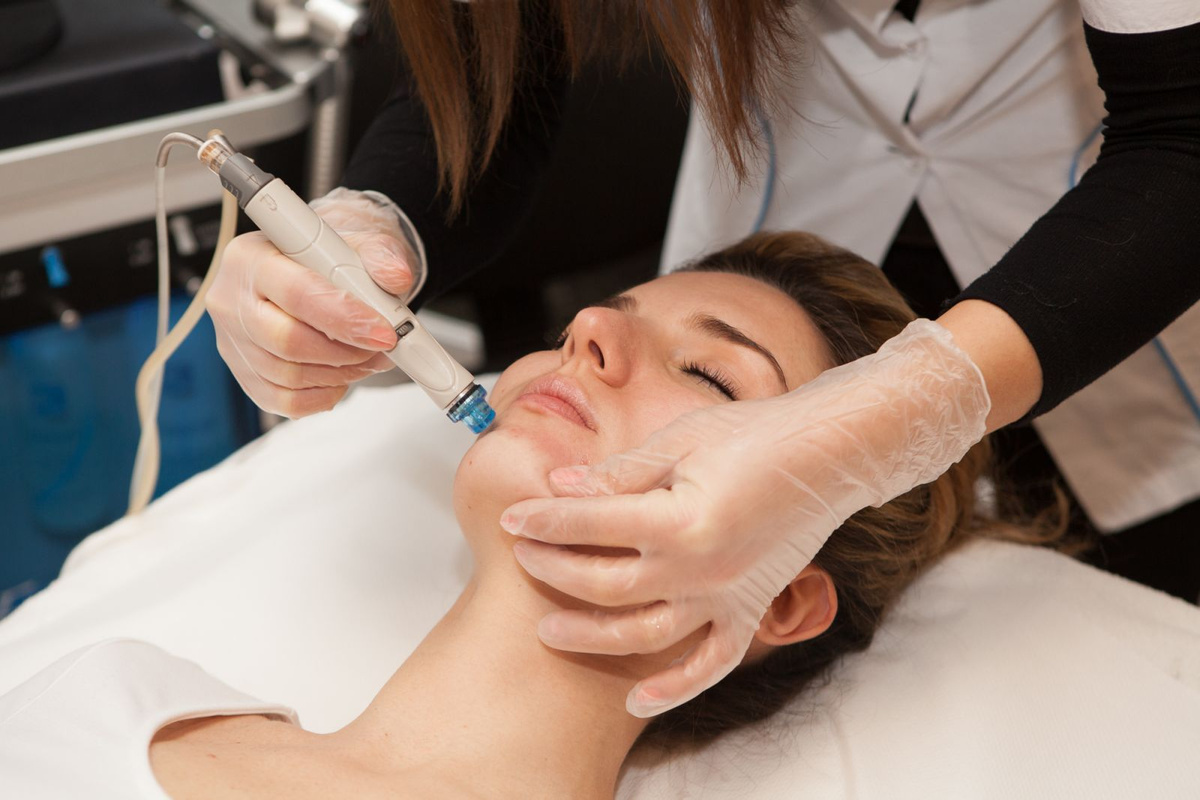
HydraFacial has rapidly become one of the most sought-after skincare treatments in Islamabad, thanks to its ability to deeply cleanse, exfoliate, hydrate, and rejuvenate the skin in a single session. It’s a favorite among people looking for an instant glow without any invasive procedures. But one common question that patients ask is, "Is there any downtime after getting a HydraFacial?" The short answer is: minimal to none, and that’s exactly why this treatment is so popular. For anyone considering HydraFacial in Islamabad, understanding what to expect post-treatment is essential.
What Happens During a HydraFacial?
Before we jump into downtime, let’s quickly recap what the procedure involves. HydraFacial is a multi-step medical-grade facial treatment that uses patented technology to:
Cleanse and exfoliate the skin
Extract debris from pores using painless suction
Infuse the skin with nourishing serums
This entire process takes about 30 to 45 minutes and is completely non-invasive. Since it’s gentle and customized for various skin types, it’s safe for almost everyone.
Understanding “Downtime” in Aesthetic Treatments
Downtime refers to the period following a procedure during which your skin is healing and may appear red, swollen, or sensitive. Many treatments like chemical peels, laser resurfacing, or microneedling come with a noticeable downtime ranging from a couple of days to a week or more.
HydraFacial, on the other hand, is considered a “lunchtime facial” — you can return to work, errands, or even an event on the same day.
So, Is There Really No Downtime?
Technically, there’s no clinical downtime after HydraFacial. Most people walk out of the clinic with smoother, brighter, and more hydrated skin. However, there are a few minor side effects that may occur based on skin sensitivity and the intensity of the treatment:
Mild Redness: Some clients may notice slight redness right after the session, especially if exfoliation was deeper than usual. This typically subsides within an hour or two.
Tightness: The skin may feel slightly tight due to the deep cleansing and infusion of active serums. This is temporary and usually resolves quickly.
Breakouts: Rarely, some people may experience a breakout post-treatment. This is often a result of detoxification and should not be confused with an adverse reaction.
These effects are minimal, short-lived, and not classified as true “downtime” because they do not require you to stop your daily activities.
Why No Downtime is a Huge Advantage
One of the biggest perks of HydraFacial is that it fits easily into any lifestyle:
Perfect before events: Brides, professionals, and influencers often schedule HydraFacials a day or two before major events for that glowing, photo-ready look.
Back-to-work friendly: You can get a HydraFacial during your lunch break and head back to the office without anyone noticing you’ve had a treatment.
Travel-safe: Since there’s no irritation or peeling involved, it’s ideal for clients who travel frequently or need to be on the go.
Post-HydraFacial Care Tips
Even though downtime is minimal, how you treat your skin after the session can enhance and extend your results. Here are some useful aftercare tips:
Skip heavy makeup for at least 24 hours to let your skin breathe.
Use sunscreen generously, as your skin will be more receptive and potentially more sensitive to UV exposure.
Avoid harsh products, like exfoliants, acids, or retinoids, for 2–3 days post-treatment.
Hydrate well, both internally and externally, to maintain that plump and glowing look.
How Often Should You Get a HydraFacial?
Since there’s no downtime, many people opt for HydraFacials once a month as part of their skincare routine. Regular treatments help improve skin texture, tone, and elasticity over time, especially when combined with a good home care regimen.
Some clients, especially those prepping for an event or managing acne or pigmentation, may follow a more intensive schedule as recommended by their dermatologist or skincare expert.
Is It Safe to Book a HydraFacial Back-to-Back with Other Treatments?
While HydraFacial is compatible with many aesthetic treatments, the timing matters. It’s generally safe to combine it with:
LED Light Therapy (often included in premium HydraFacials)
Microcurrent lifting
Oxygen facials
Injectable treatments like Botox (done after HydraFacial, not before)
However, procedures like microneedling, chemical peels, or laser resurfacing should be spaced out properly. Always consult your provider before combining services.
Who Should Be Cautious?
While HydraFacial suits most people, those with severe rosacea, active rashes, or open wounds should avoid treatment until their skin stabilizes. Also, clients with allergies to shellfish or specific ingredients used in HydraFacial serums should alert the provider beforehand.
Pregnant and breastfeeding women can usually undergo HydraFacial, but some clinics may avoid certain serum boosters as a precaution. Again, always disclose your medical history to your skincare professional.
Real Results Without the Wait
The biggest reason people fall in love with HydraFacial is that results are immediate and noticeable. You’ll see enhanced skin tone, reduced dullness, smaller-looking pores, and a radiant complexion. And since there’s no need to stay home or skip work, it’s a treatment that fits effortlessly into modern life.
Whether you’re prepping for an event, maintaining your skin between treatments, or just starting your skincare journey, HydraFacial is a versatile, effective, and low-risk option that delivers beautiful results with virtually zero interruption to your routine.
Note: IndiBlogHub features both user-submitted and editorial content. We do not verify third-party contributions. Read our Disclaimer and Privacy Policyfor details.



